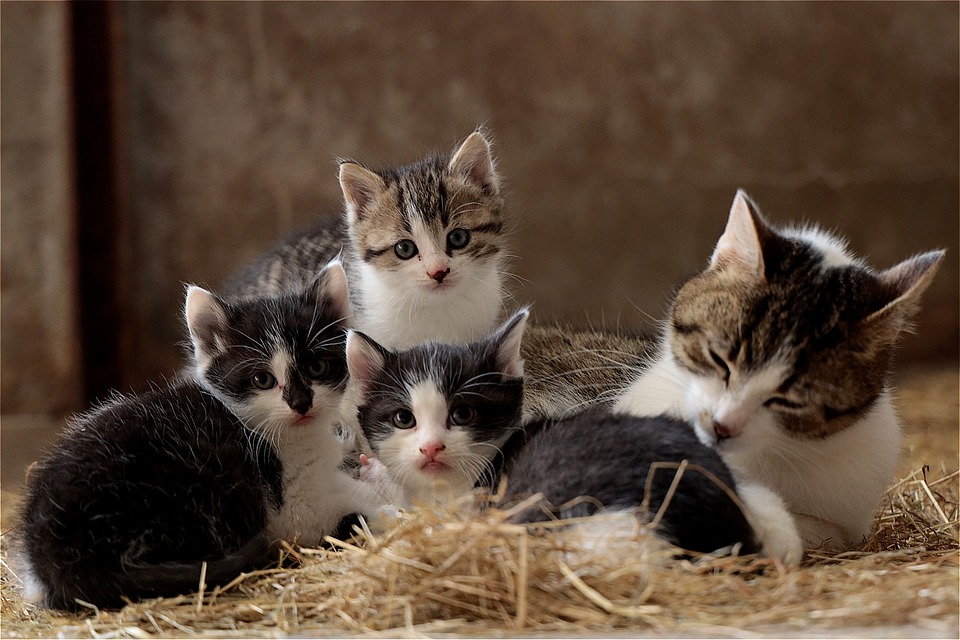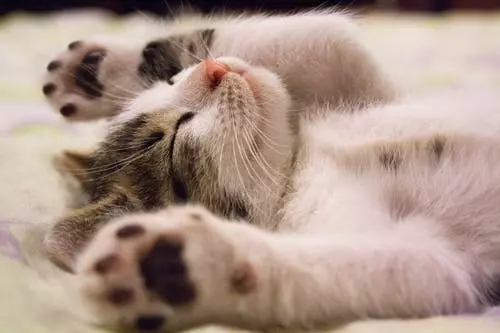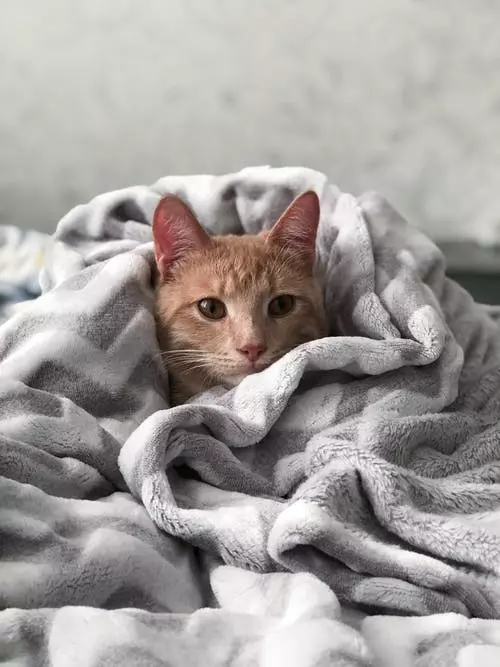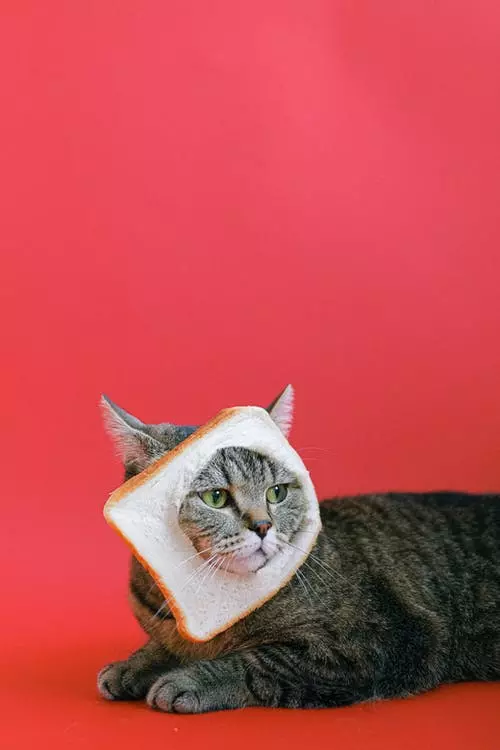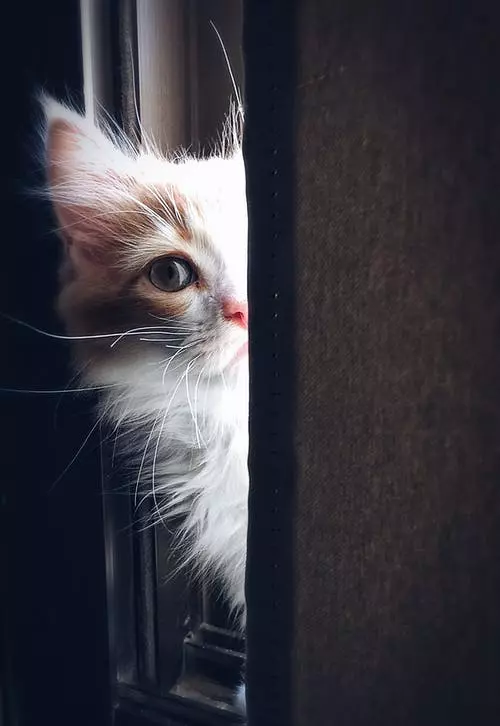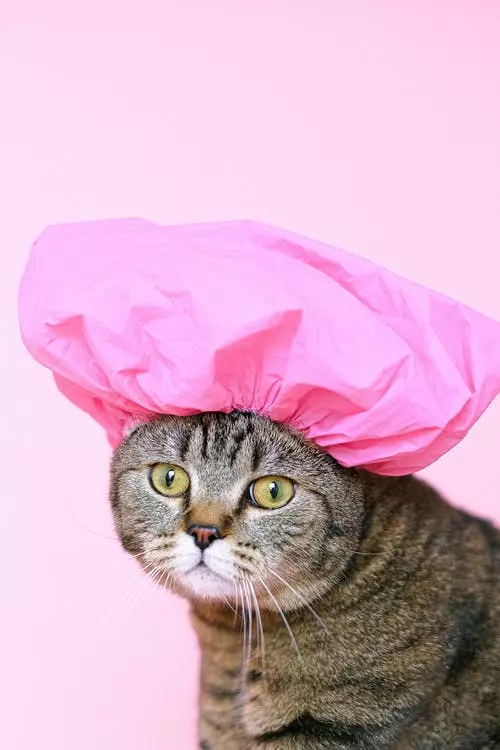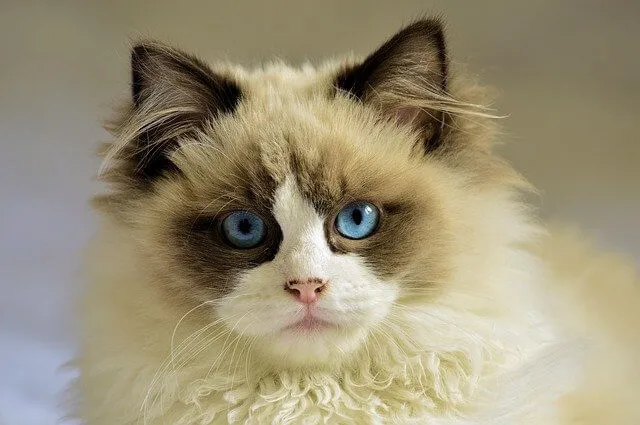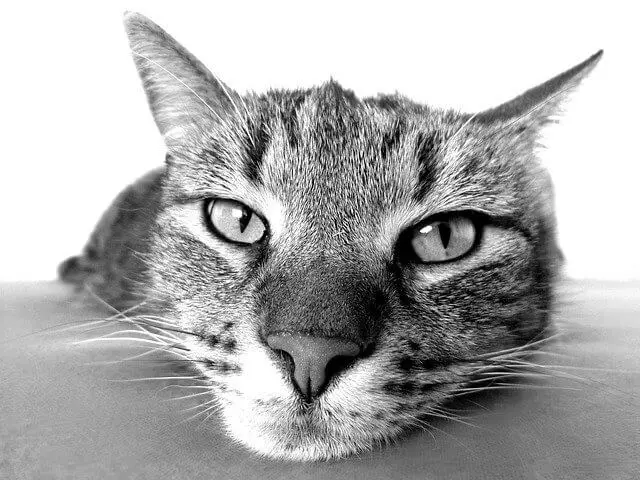Whether you’re a new cat owner or have had feline companions for years, understanding the role of attention cues in human perception can greatly improve your relationship with your cat. Attention cues are subtle signals or gestures that capture an individual’s attention and direct it towards a specific target or action. In the context of cat training, attention cues are essential tools for effectively communicating with your cat and guiding their behavior.
Research suggests that attention cues are deeply rooted in human perception. Our brains are naturally wired to notice and respond to certain cues, such as eye contact, pointing gestures, and vocalizations. These cues help us identify important information from our surroundings and focus our attention accordingly. This natural inclination to pay attention to specific cues can be harnessed and applied to cat training.
By understanding and utilizing attention cues, you can establish a stronger connection with your cat and facilitate effective training sessions. Here are some key attention cues and how they can be applied:
1. Eye Contact: Cats are highly perceptive to eye contact. Establishing and maintaining eye contact with your feline companion can signal that you are about to communicate or give a command. This cue helps grab their attention and prepares them for the next step in the training process.
2. Pointing Gestures: Cats can interpret pointing gestures just like humans do. By pointing towards a specific object or location, you can guide your cat’s attention towards that target. This is particularly useful when teaching them to fetch, follow directions, or locate hidden objects.
3. Vocalizations: Cats respond to various vocal cues, including specific words, tones, or even clicks. Consistent use of vocal cues can help your cat associate certain sounds with specific actions or behaviors. For example, using a distinct vocal cue when calling them for mealtime can reinforce the association and make it easier to gather their attention.
4. Hand Signals: Similar to pointing gestures, hand signals can be used to indicate desired actions or behaviors to your cat. By consistently associating specific hand signals with corresponding commands or requests, you can effectively communicate with your cat without relying solely on verbal cues.
Now let’s address some frequently asked questions about attention cues in cat training:
Q1: Can attention cues be used to correct unwanted behaviors in cats?
A: Yes, attention cues can be utilized to redirect or discourage unwanted behaviors in cats. For example, a gentle “no” accompanied by an attention cue, such as a pointed finger or eye contact, can help communicate disapproval and guide your cat towards more desirable actions.
Q2: Are attention cues effective for training older cats?
A: Absolutely! While it may take some time and patience, attention cues can be successfully employed in training cats of all ages. Older cats may require slightly more repetition and reinforcement, but with consistency and positive reinforcement, attention cues can still play a vital role in their training.
Q3: Should attention cues always be accompanied by treats or rewards?
A: While treats and rewards can be valuable tools for reinforcing positive behavior, attention cues themselves can be effective without always relying on external rewards. A combination of attention cues, verbal praise, and occasional treats can help create a well-rounded training experience for your cat.
In conclusion, understanding the role of attention cues in human perception can significantly enhance your cat training efforts. By utilizing attention cues such as eye contact, pointing gestures, vocalizations, and hand signals, you can establish effective communication channels with your feline friend. Remember to be patient, consistent, and positive in your training approach, and soon you’ll witness remarkable improvements in your cat’s behavior and responsiveness.

